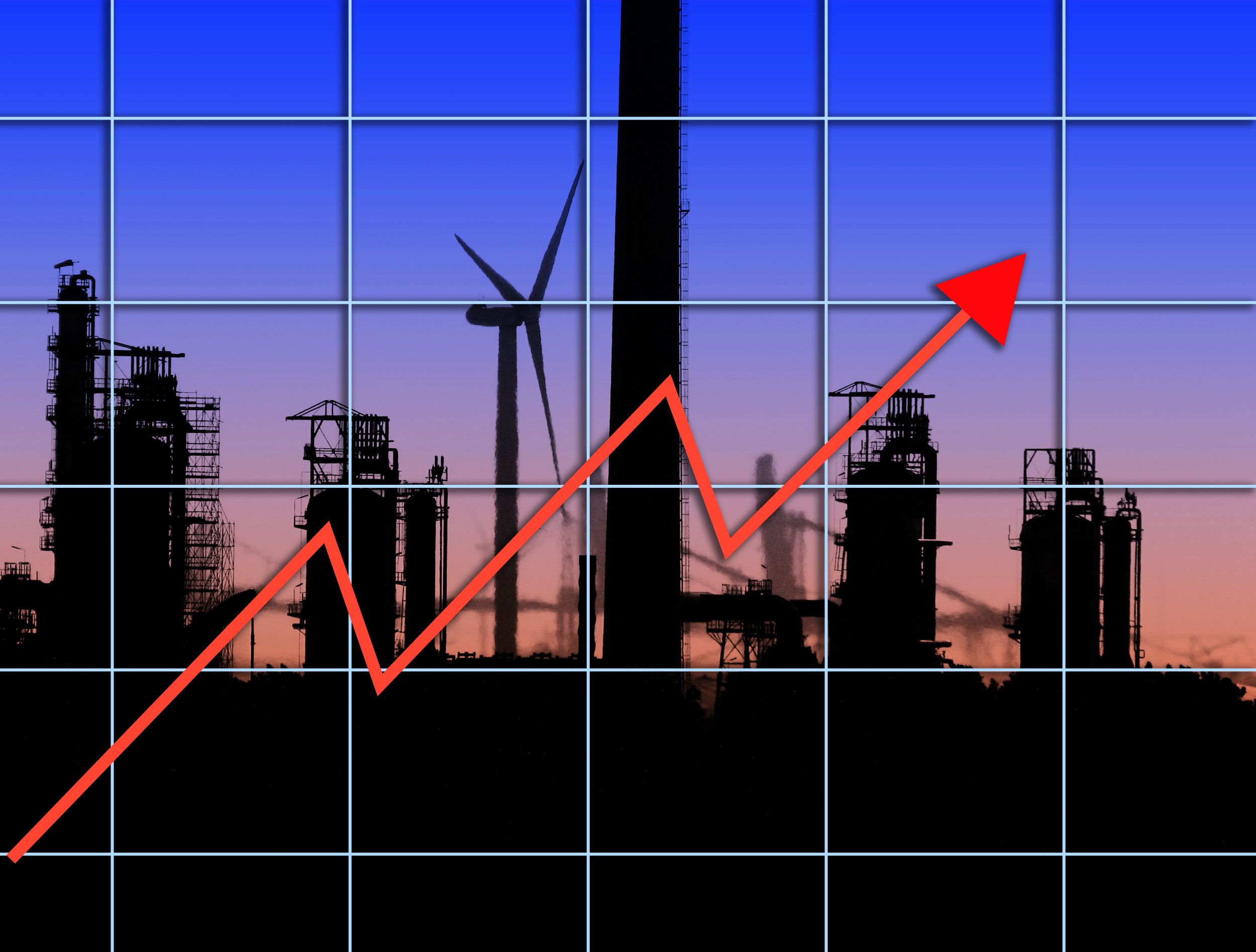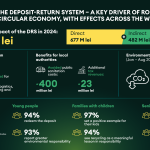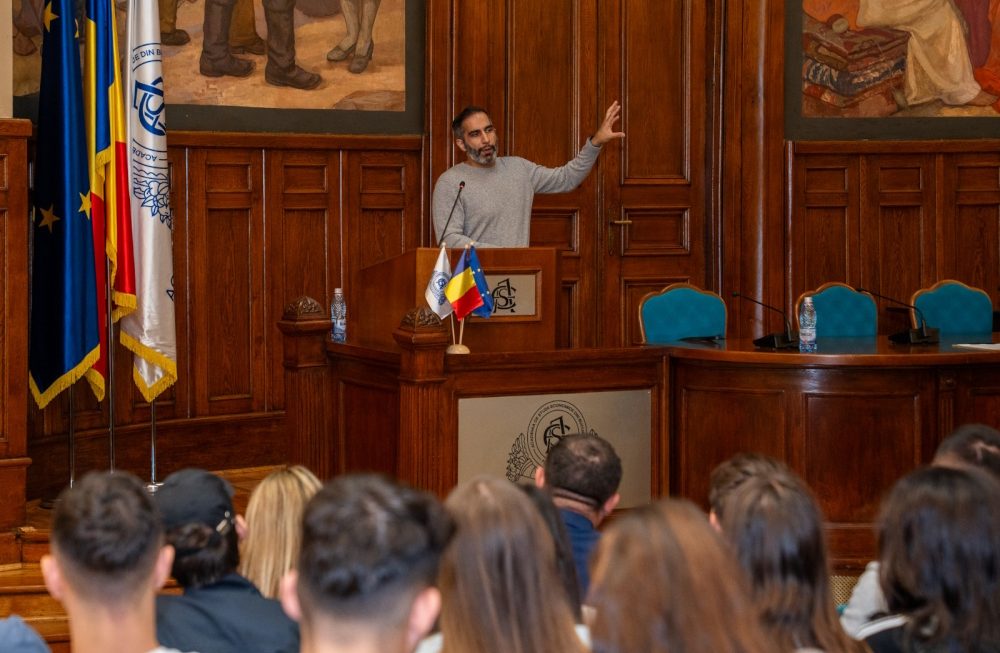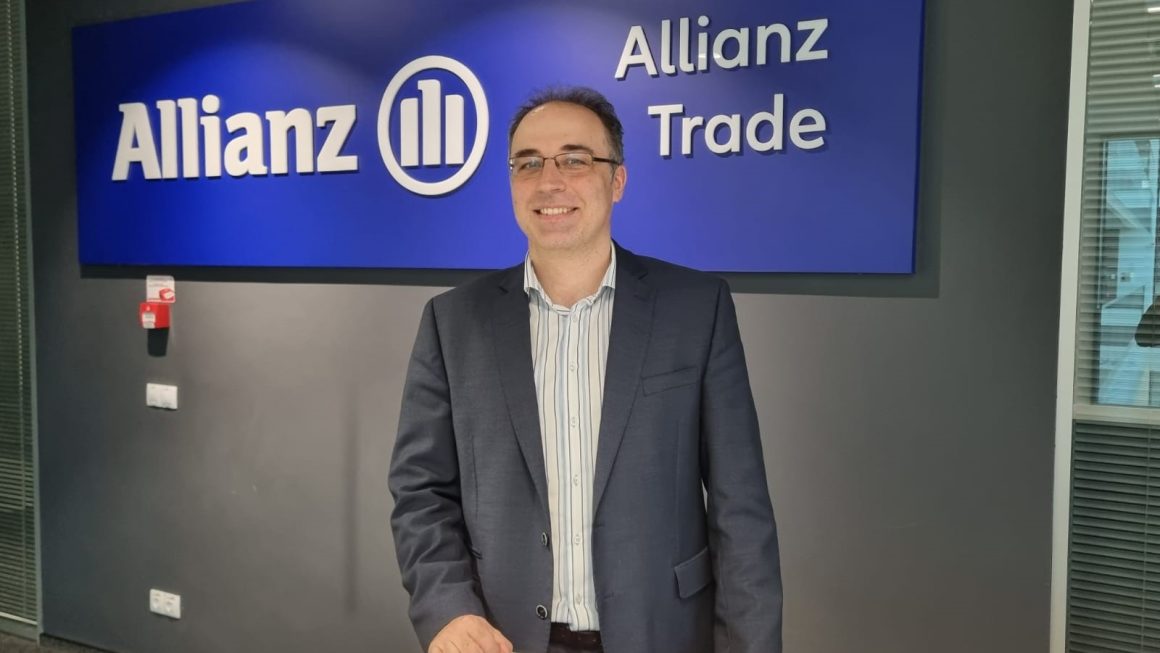
The darkness at the end of the tunnel
Foto: janefromyork / depositphotos.com
The world is slowly recovering from the economic crisis triggered by the COVID-19 pandemic. But after a spectacular start, growth is marred by inflation and supply chain bottlenecks.
Looking at today’s figures, it’s hard to believe that only some six years ago, the European Central Bank was concerned with dangerously low inflation. It started a massive quantitative easing Program, massively buying up assets of all kinds and flooding the markets with cheap money to push inflation from possibly sub-zero levels to around 2% – a target considered by many to be some sort of a goldilock zone.
Between 2015 and the end of 2018, the ECB spent 2.6 trillion, vacuuming up mostly government but also corporate bonds.
Another way to promote liquidity on the market was to slash key interest rates – in 2014, the ECB took the unprecedented step of cutting its deposit rate below zero, nudging banks towards lending instead of hoarding money.
The combined ECB operation of quantitative easing and low interest rates was deemed a success, and the bank suspended it in December 2018, when inflation was around the desired 2%. But the bank has also been lambasted, because it hurt European banks’ profitability. Especially small German investors accused the ECB of destroying their savings.
At the end of 2019, quantitative easing resumed due to worsening economic conditions, and then the ECB even stepped up asset buying to help jumpstart the economy in response to COVID-19. The central bankers created the so-called Pandemic Emergency Purchase Program (PEPP) to support the euro area economy and financial markets.
Today, 2% inflation is something central bankers and fiscal planners can only dream about. In September, Euro zone inflation surged to a 13-year high. Consumer price inflation in the
19 countries accelerated to 3.4% year on year in September from 3% a month earlier: the highest reading since September 2008, data from Eurostat showed.
In Germany, wholesale selling prices rose by 13.2% in September 2021 compared with September 2020. As reported by the Federal Statistical Office Destatis, the last time there had been a higher year-on-year increase was in June 1974, when wholesale prices had risen by 13.3% in the wake of the first oil crisis. In a month-on-month comparison, wholesale prices rose by 0.8% in September 2021.
Outside the Eurozone, Romania is no exception: it took the annual inflation rate just one month to gain one whole percentage point and climb to 6.3% in September from 5.3% in August. Prices for non-food items increased by 8.71%, for food by 4.26% and for services by 3.75%. According to official data, consumer prices rose 0.8% in September from the previous month. The inflation rate over the period from January to September 2021 is 5.6%, and the National Bank of Romania (NBR) raised its inflation forecast for the end of the year to 5.6%. Recently, the NBR took analysts by surprise when it decided to raise the key interest rate to 1.50% per annum from the previous level of 1.25%, in an attempt to control the galloping inflation.
The main culprit for the inflation push is fuel and energy. There is also the main concern, because not only does it in itself pose existential questions for low income captive clients of electricity and gas suppliers, but higher fuel energy prices influence virtually everything an economy produces.
The energy markets are in turmoil. In Europe, gas prices saw a steep climb of 170% from January until September, with both demand and supply factors having contributed to a tightening of the market. European gas demand was higher for residential heating due to colder winter and spring months, while a combination of continued industrial output rebound kept demand high. Supply constraints have also emerged, notes the influential Brussels based think tank Bruegel, pointing at Russia limiting pipeline exports to Europe because of high domestic demand and suggesting that it also potentially limiting natural gas delivery into Europe to support its case for starting flows via Nord Stream 2. Russian President Vladimir Putin denies having done that and insists that Russia flawlessly fulfills its contractual obligations to partners, including those in Europe.
Electricity demand and prices were also higher due to the industrial recovery and lower renewable output, a global surge in coal prices and the unprecedented rally in the EU carbon price.
Rising energy prices have now become macroeconomically relevant in Europe: Bruegel warns that a doubling of wholesale electricity prices would imply that EU consumers pay up to 150 billion euros more for their electricity, and that high gas and electricity prices reverberate through supply chains and cause inflationary pressure. Drastic increases in energy spending will shrink the disposable income of the poorest households with their high propensity to consume, with energy poverty across Europe already a major issue.
Rising gas prices are also starting to have some strange effects. To discourage the use of emission-heavy coal in electricity production, the European Union made it mandatory for power plants to buy expensive emission permits. But as gas prices reach almost prohibitive levels, more utilities are inclined to switch to coal to generate electricity. That is because although benchmark carbon permit prices under the European Union’s Emissions Trading System (ETS) have almost doubled since the start of the year, gas is even more expensive – wholesale Dutch gas prices are almost four times higher than at the start of 2021, Reuters remarks.
Meanwhile, at gas stations in Bucharest, the prices of premium fuel jumped above the psychological threshold of 7 lei. And with crude oil prices closing above 80 USD for the first time since late in 2014, 125% higher than in October of last year, little relief is in sight.
In this context, some Romanian food industry representatives estimated that because of costlier fuel and energy, shelf prices of food products will increase by 3-4 percent, with the peak to be reached sometime in December or early January 2022 – on top of what is being currently recorded, of course.
Already world food prices rose for a second consecutive month in September to reach a 10-year peak, driven by gains for cereals and vegetable oils, the United Nations food agency said. The Food and Agriculture Organization (FAO) calculates a food price index to track international prices of the most globally traded food commodities. This indicator averaged 130 points last month, the highest reading since September 2011, according to the agency’s data. Prices were up 32.8% in September.
And it’s not just energy. European manufacturers bank on many other things getting more expensive: they expect prices of raw materials used in construction to see double-digit price increases by the end of 2021, according to data revealed in a recent study by international consultancy Horváth, and quoted by the German-Romanian Chamber of Commerce AHK. The biggest increase could be 33% for wood by the end of 2021. Other significant increases are expected for steel, which will rise by 15%, and plastics, which will cost 20% more. Raw material price increases began last year amid the onset of the pandemic, with the biggest jumps in Romania and Germany.
In itself, inflation is a big problem. Combine it with an economic slowdown luring behind the corner, and the picture is even more gloomy. Bottlenecks across many supply chains threaten the post-pandemic recovery. Workforce woes in Britain, major port congestion leading to container logjams in the USA, power cuts in China, semiconductor shortages in the international auto industry – nobody seems to be safe against the supply chain crises.
The impact is already felt: German industrial production declined in August much more than expected, amid widespread supply shortages. According to Destatis, total industrial output (comprising production in manufacturing, energy and construction) fell 4.0% in August from July in calendar-adjusted terms.
And closer to home, car production in Romania in September dropped to just above 29,000 cars, well below the figure recorded in September 2020 (almost 58, 000), according to data provided by the Manufacturers’ Association ACAROM.
In this context, the IMF warned that the global economy is entering a phase of inflationary risk and called on central banks to be “very, very vigilant” and take early action to tighten monetary policy should price pressures prove persistent. In its World Economic Outlook, in which it slightly corrected its global growth forecast from 6% to 5.9%, the IMF also talked of slipping momentum in global growth after a strong recovery so far this year.
But the Fund stopped short of confirming a danger people are increasingly starting to think and talk about: Gita Gopinath, the IMF’s chief economist, said the strength of the economic recovery meant it was too early to “say anything about stagflation”, despite some supply shortages which have also boosted inflation. “We always knew coming out of this deep contraction that the supply-demand mismatch would pose problems,” she told the Financial Times.
Alex Gröblacher
Share
Share















